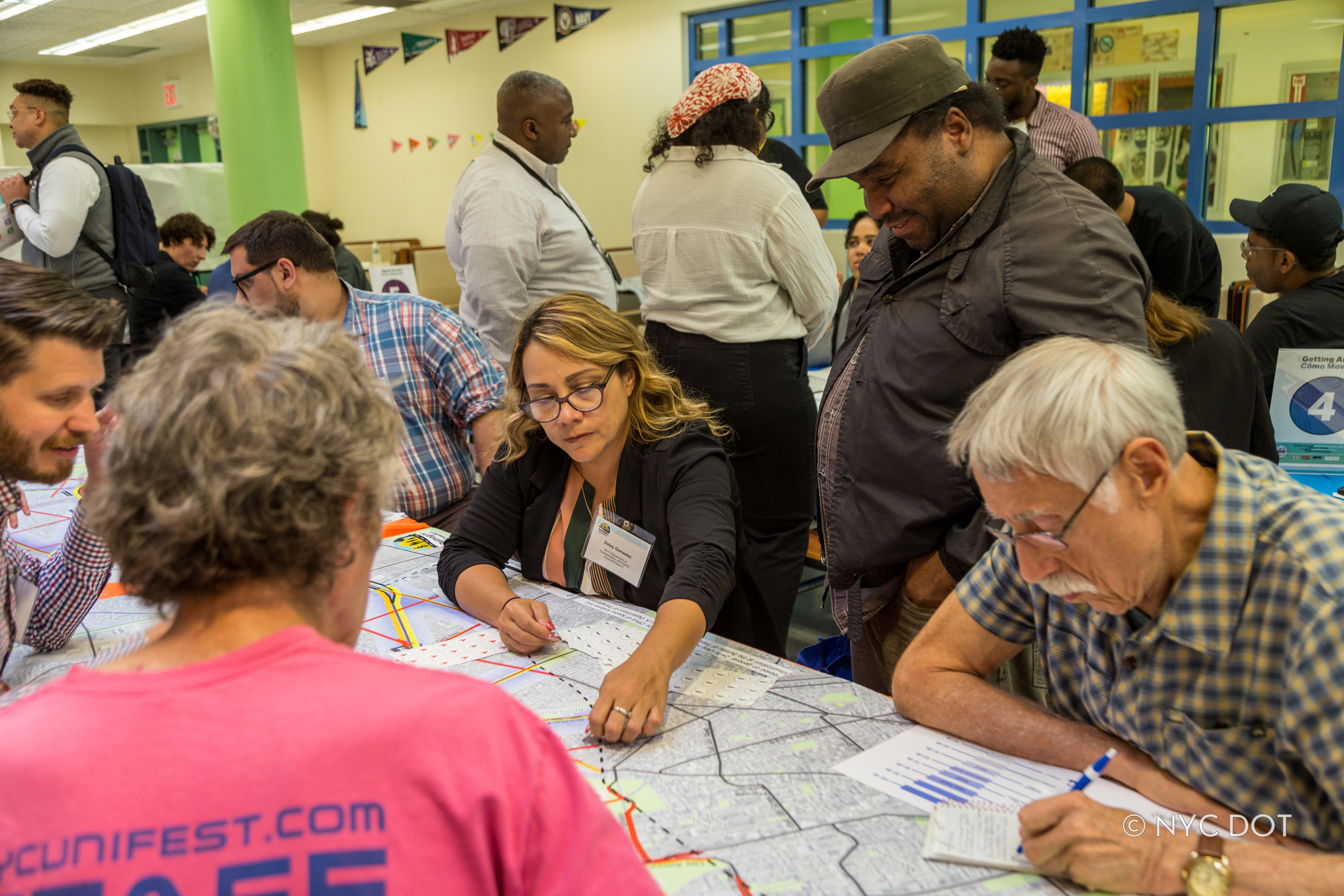The policies and guidelines in the Street Design Manual are the foundation of designs for all projects that impact public and private streets in New York City, including roadways, sidewalks, and plazas. They should be used by agency staff, design professionals, community groups, and other entities involved in the planning and design of streets. NYC DOT uses the Manual to review projects for quality and consistency.
Examples of applicable projects include operational and capital projects, such as street reconstructions and resurfacings; operational and traffic control treatments; street work associated with new or renovated buildings; and other public or private construction projects that include roadways, sidewalks, and plazas.
The guidance presented in the Street Design Manual does not supersede any existing federal, state, or city laws, rules, and regulations. All projects remain subject to relevant statutes—including, but not limited to, the Zoning Resolution and the City Environmental Quality Review (CEQR)—and appropriate reviews and approvals of oversight agencies such as PDC, LPC, and OMB.

Open House for Reimagine the Cross Bronx Expressway, Bronx